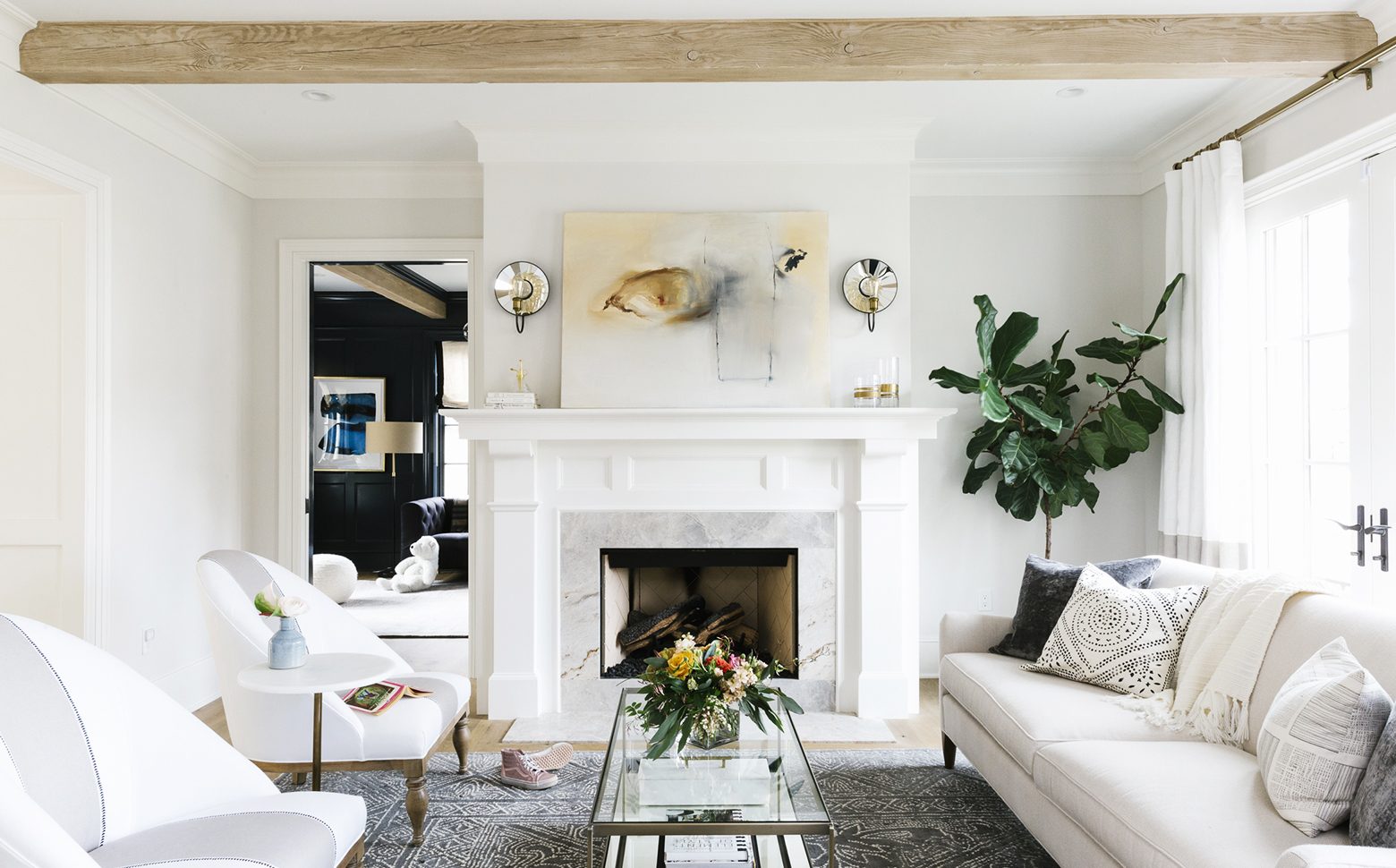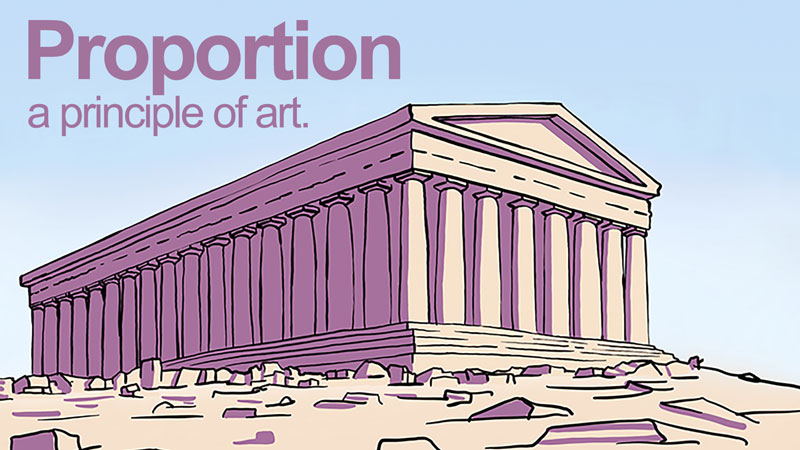Table Of Content

This creates an aesthetically pleasing balance and makes it easier to focus on each individual figure within the painting. Da Vinci also used the linear perspective technique to create a sense of depth and scale. In summary, proportion is the comparison of the relative size of the parts of a whole. The parts could be elements like the eyes or nose and the whole could be a face. Alternatively, the parts could be the subjects or objects within a painting and the whole could be the entire composition of the artwork. Specifically though, proportion is used to determine the ratio between these parts.
Proportion and Furniture
Planning an Accent Wall - Verily - https://verilymag.com
Planning an Accent Wall - Verily.
Posted: Thu, 27 Aug 2020 07:00:00 GMT [source]
Proportion lets artists compare the different elements of a subject or object relative to each other and to the ‘whole’ that is being measured. While consistency and repetition are potent design principles, they also risk visual fatigue. Small doses of variety are helpful to ensure that your customers are not lulled to sleep. Proportion is mostly about scale and size when two elements are compared. For instance, in art and drawing, proportion is important for the elements to look realistic.
Proportion Based on Relationship
Imagine walking into a room where everything feels out of whack – the furniture is too big, the ceiling is too low – it just doesn't feel right. Scale also helps architects create a sense of hierarchy and importance within a space. This Q&A section aims to provide clarity on architectural principles, specifically focusing on the importance of scale and proportion in design.
The 9 Principles of Design and How to Use Them
For example, pairing light and dark colors or combining large and small shapes. This principle ensures that important elements stand out and that the overall design is dynamic and engaging. By effectively using contrast, designers can guide viewers' attention to focal points, improve readability, and make the design more memorable.
Branding 101: The Website as Part of a Visual Identity
This allows the artist to focus attention on certain elements or create movement. Understanding how to use proportion effectively is integral for creating beautiful artworks that draw the viewer’s eye. Variety is a key principle of design that involves incorporating different elements and media to create interest and contrast within a composition. This principle ensures that a design remains engaging and visually stimulating by mixing various shapes, colors, textures, and sizes. Variety can prevent monotony by breaking up uniformity and introducing unexpected, yet harmonious, elements that captivate the viewer's attention.
White space, sometimes called negative space, isn’t necessarily white. Minimalist designs use a lot of white space, while maximalist designs may not use any. This quarterly report template, for example, uses subtle colors and patterns to create repetition without beating the reader over the head with it. Sometimes referred to as dominance, emphasis helps draw the eye to key elements in a design.
B. Golden Ratio and Fibonacci Sequence:

For example, a round table can help soften the lines of a square room, while a rectangular table can help elongate a narrow room. Proportion adds order and perspective, creating a relationship between elements. Negative space is a big component in web and graphic design, creating a feeling of minimalism and simplicity. Knowing these concepts will give you an edge, whether you're a graphic designer, an aspiring artist, or a creative enthusiast.
Impact Of Art and Accessories For Proportion
If you apply these principles to a design, the eye will flow through a composition. But the key here is that visual hierarchy helps establish the order of importance in a design. Repetition is one of the easiest design principles to use in your designs. So it’s wise to have a soft touch when repeating visual elements.
How does emphasis impact proportion in interior design?
Variety can be used to draw the user’s attention to specific elements or areas of the design, and make them stand out. Sufficient contrast between elements, especially text and its background, is vital for creating an accessible design. People with vision impairments can have a difficult time reading text on a screen that is too small or does not have sufficient color contrast.
The principles of design are guidelines that can be used to help move the generalities of landscaping ideas to specifics. It involves seven traits that, when given proper consideration, will allow any design to be unified, cohesive and beautiful. These principles will also affect how the design feels, flows and works. Proportion refers to the size relationship that parts of the design have to each other and to the design as a whole. On a small scale, an example of proportion is the size of a chair’s legs to its back or seat. On a bigger scale, an example of proportion may be the size of a pergola’s posts in relationship to its beam.
By using proportion to create a focal point, you can add interest and depth to an otherwise simple room. If the size of the house is smaller than the size of a human in your design, it can distort the proportion. This makes the design more presentable and the viewer can relate to the image. This also brings us to the last design principle, which is unity. Even though this image has a lot of variety, it has an overall harmonious aspect, creating a sense of unity. Proportion refers to the relative size and scale of elements in the design.

No comments:
Post a Comment